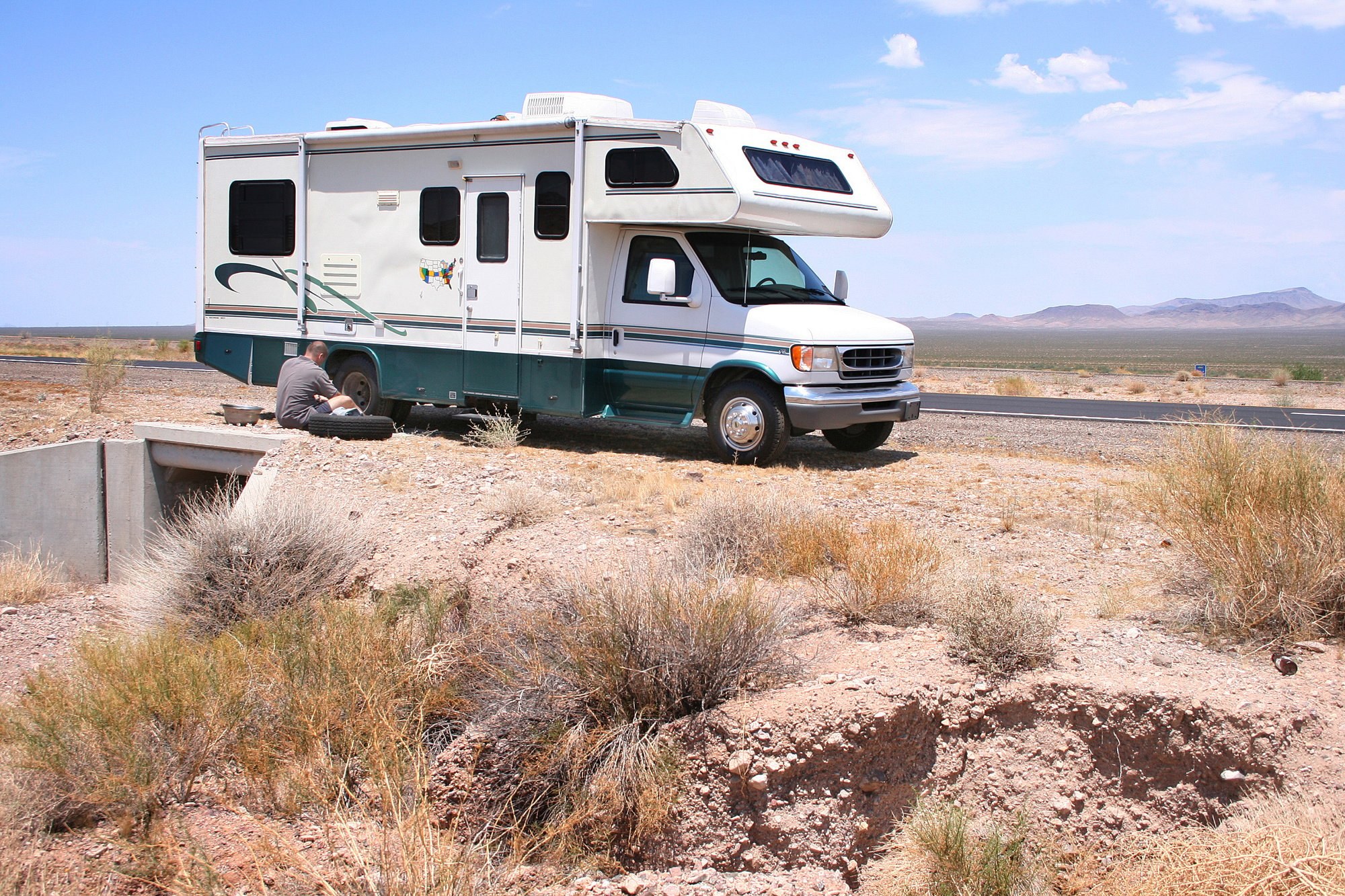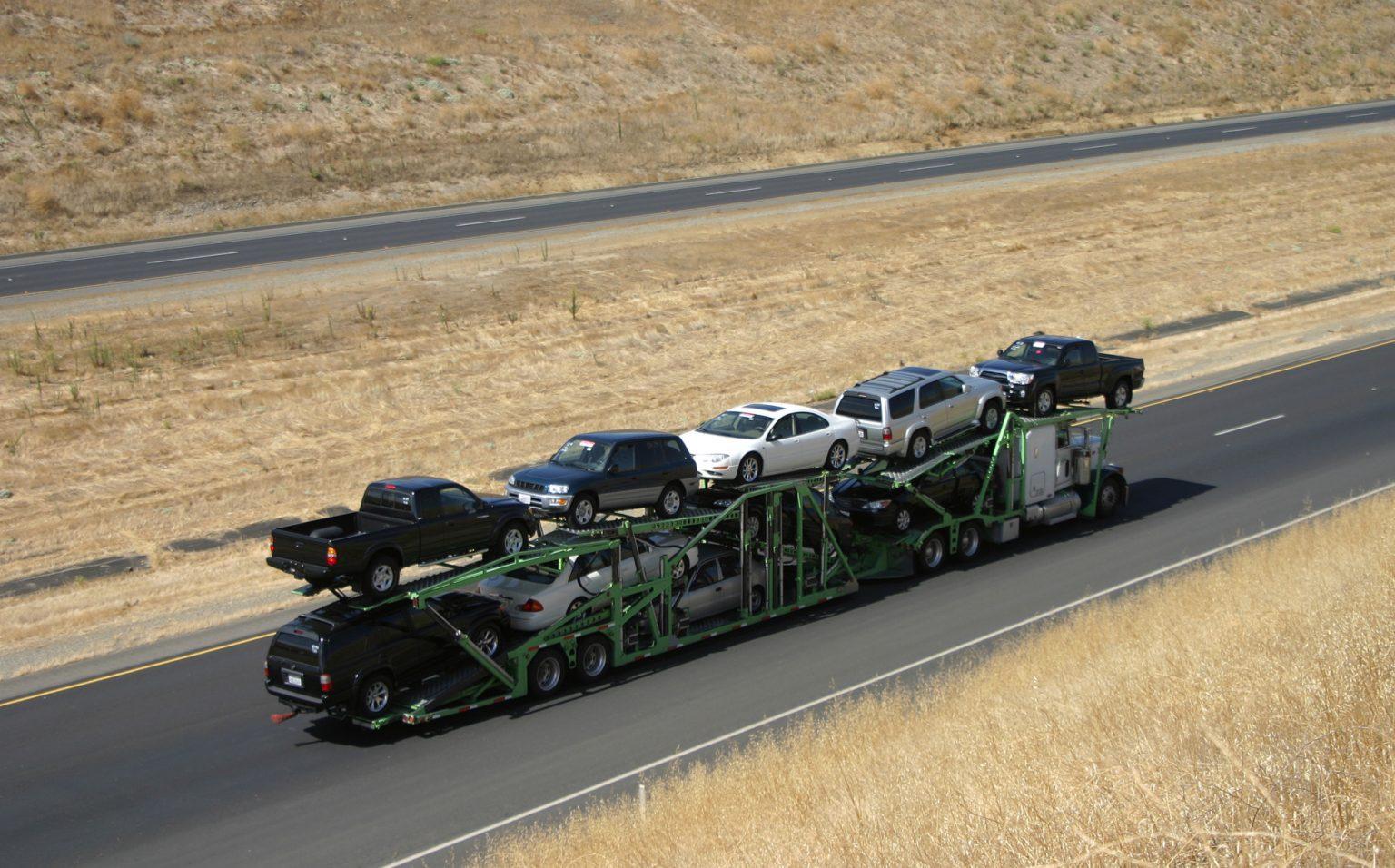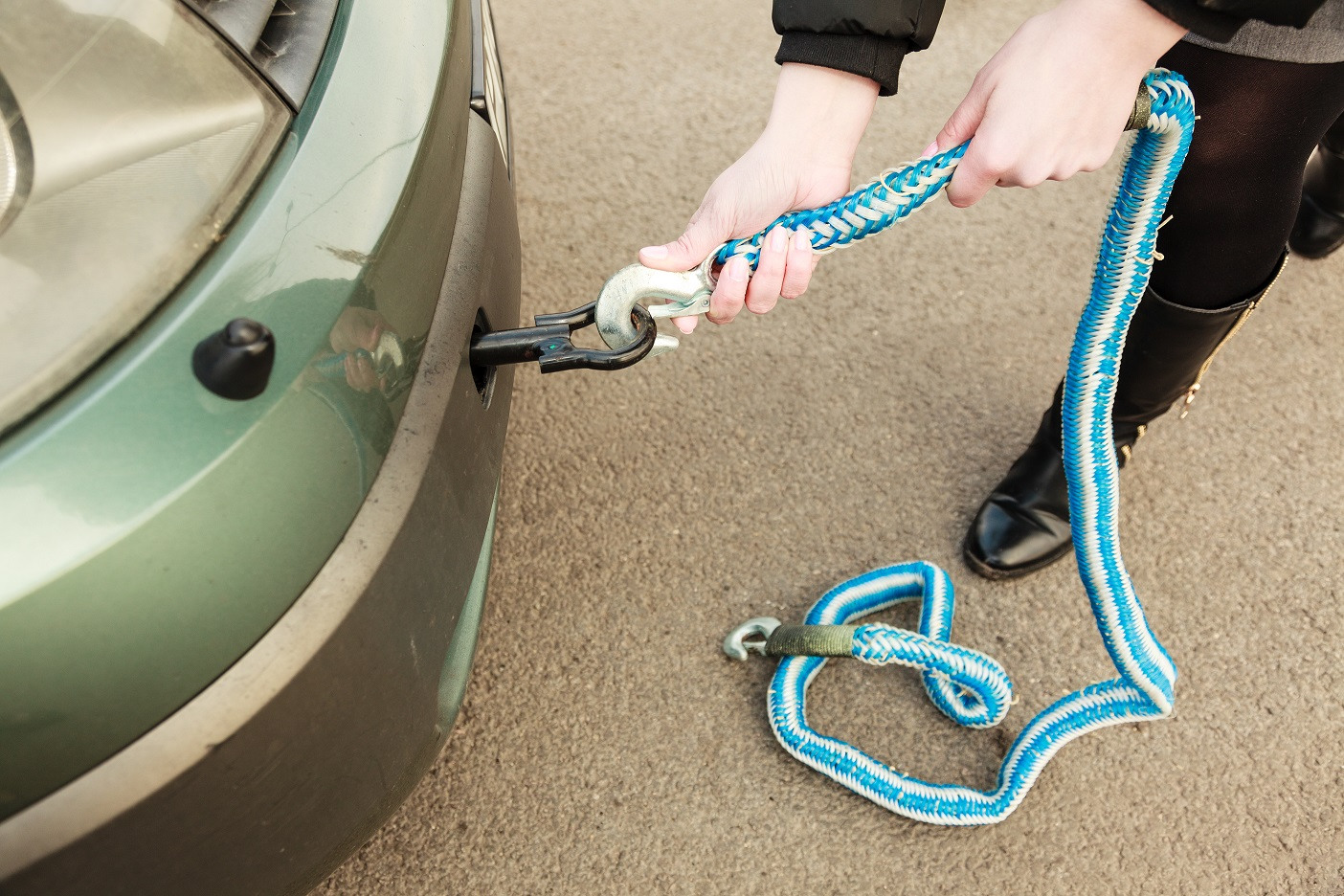The post-Donald Trump world for Elon Musk and his Tesla imprint has been choppy at best. Stock prices have taken a nosedive, investor interest has plateaued, and the company's new foray into robotaxis has been met with mixed reviews.
There is room for celebration now. On July 4th, Musk released a video and a statement on the world's first-ever autonomous car delivery. It is a massive moment for Tesla, considering the much-publicized hiccups and delays that have plagued its self-driving evolution. Is this a watershed moment and a sign of Tesla on the rise? Or is there more than meets the eye?
Elon Musk Delivers on His Promise of Autonomous Tesla Delivery
In an automotive industry intrinsically linked to cross-country car shipping providers, the thought of a vehicle shipping itself to a customer still seems absurd in theory.
Tesla seems to revel in that absurdity.
On Friday, July 4th, Elon Musk released a video and statement on the company's maiden self-driving delivery of a Tesla Model Y near the company's Austin, Texas factory.
"First time that a car has delivered itself to its owner!” Musk exclaimed on X, celebrating his 54th birthday one day early.
"The first fully autonomous delivery of a Tesla Model Y from factory to a customer home across town, including highways, was just completed a day ahead of schedule," Musk stated later. "There were no people in the car at all and no remote operators in control at any point. FULLY autonomous."
Tesla's official company announcement and video release detailed the short EV delivery and provided a first-person look at the drive from its Austin headquarters.
"This Tesla drove itself from Gigafactory Texas to its new owner's home ~30min away — crossing parking lots, highways & the city to reach its new owner," the statement read.
It feels like a watershed moment in Tesla's quest to populate the road with its self-driving vehicles. However, the usual array of vocal critics is calling the entire operation into question.
Is Tesla Stretching the Truth About Autonomous Car Deliveries?
Around the same time as the unveiling of the company's maiden autonomous vehicle delivery voyage, Tesla unveiled an invite-only robotaxi service in the same Austin area. The robotaxis were limited to surface streets, avoiding highways and byways altogether. Furthermore, the taxis were crewed by an onboard "safety driver" trained to take control of the vehicle in case of malfunction or danger.
How exactly did Tesla pull off a fully automated electric vehicle delivery when its concurrent robotaxi system still relies on onboard staff members?
The answer may lie in previous self-driving car demonstrations. Tesla has conducted dozens of one-off tests of its autonomous technology, operating vehicles with no safety driver to complete specific sets of tasks. Most of those demonstrations did not rely on computer vision and computer vision alone, but there's still a blueprint here for a successful unmanned EV delivery. There's also plenty of room for skepticism, considering Tesla's history of bending the details for marketing purposes.
“Sadly, Tesla’s past actions demand skepticism of any such demonstration,” Forbes senior contributor Brad Templeton writes.” Starting with their first 2016 FSD demo film, which declared the safety driver was only there for legal reasons but which involved a number of tricks, or their regular release of grossly misleading statistics for Autopilot safety, Tesla must be held to a higher standard of proof than other companies.”
Musk was very picky about the words he used to detail the demonstration, insisting there was no safety driver on board or remote drivers controlling the delivered vehicle. This doesn't mean that there weren't emergency drivers waiting to take over at a hint of trouble, or that the chase cars filming the event weren't in some way linked to the safety of the operation.
Tesla wouldn't be the first EV company to embellish the results of demonstrations to show off for shareholders and the general public. However, they are the company that will invite the most controversy, given Musk's cult of personality and his tumultuous ties to the current Presidential administration.
Is Self-Driving the Future of Car Shipping?
What does this Tesla demonstration mean for traditional vehicle transport companies, brokers, and owner/operators?
In truth, we are very early in the planning stages of legit autonomous car deliveries. The recent Tesla demonstration featured a carefully constructed route with parameters drawn up and approved by the company. Until such self-driving deliveries are completed with no strings attached on routes determined by customers or third parties, we're not at a point where mass-scale EV deliveries make sense.
Car shippers are unlikely to be replaced by autonomous driving technology, if at all. The industry will undoubtedly be forced to evolve to consider and accommodate a future tech shift, and truckers may be required to diversify their skill sets to keep up.
However, Tesla has shown us that there's still a long way to go. Until the company, or another EV company, can pull off multiple deliveries with transparent safety parameters and delivery specs dictated by their client bases, we must view all public demonstrations with a critical eye and take them with a grain of salt.
Learn more about the future of self-driving electric vehicles. Follow Nexus on Instagram, YouTube, and LinkedIn!



